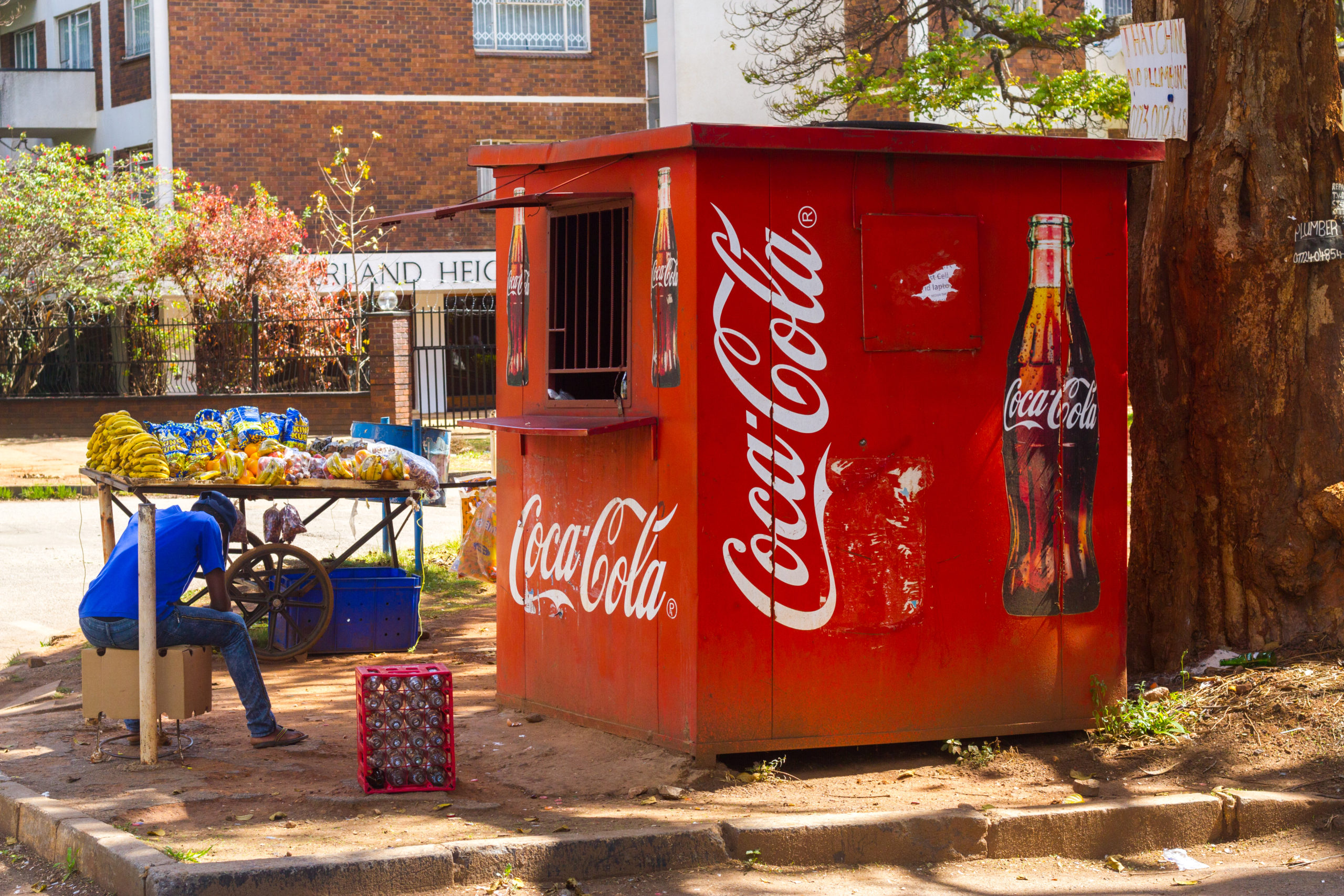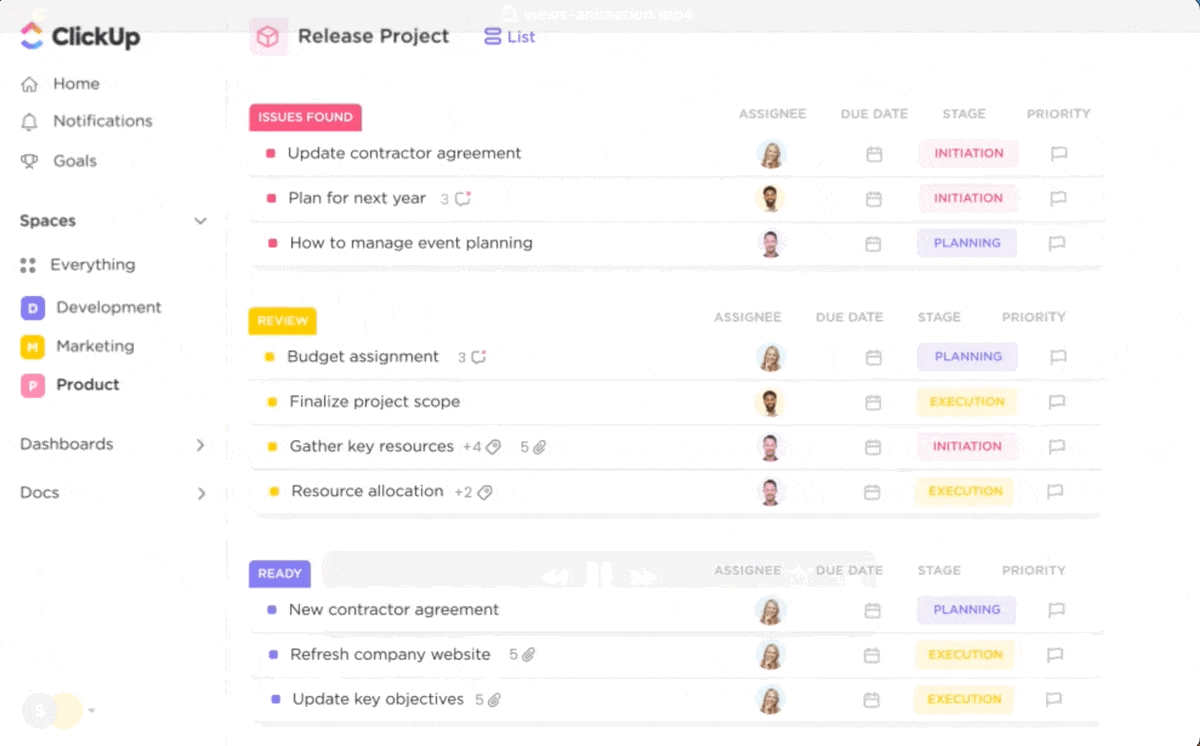Have you heard of the Bitcoin mining hash rate?
It is a measure of how much electrical energy is being used to mine Bitcoin/BTC.
To most Bitcoiners, this energy is stranded energy.
So mining is like a free-energy seeker – finding new energy sources, trapping, and channeling it into a profitable process.
Enough to make renewable energy profitable without government subsidies.
Finally.
But there could be more to the story.
Humans could be using that energy during mining, not machines.
I want to give as much machine power as possible, back to humans.
Return of the Human Computers
You have heard Tradfi reporters say “Bitcoin is consuming as much energy as country X.”
And on checking that country, be it the Netherlands or Argentina, has millions of people.
This is actually great news.
This means, at its most efficient (and least corruptible from human influence), Bitcoin mining could be hiring millions of people! Perhaps as human computers running hashes.
It is a hypothetical.
Of course, human computers are slow.
But let’s crunch their numbers.
From this site, we see that.
time = difficulty * 2**32 / hashrate
If time = 600s (10 minutes), and difficulty = 1 (the lowest possible), then the lowest allowable human hashrate = 7.2 million hashes per second.
Remember Ken Shirriff’s blog?
Well, he estimates a human could do approximately 0.67 hashes per day if they don’t slack off.
But we need at least 7.2 million hashes every 10 minutes!
Dang.
0.67 hashes/day = 0.67 hashes/(24 * 6) = 0.004 hashes every 10 minutes per person.
No. of employees needed = 7.2 million / 0.004 = 1.8 quadrillion people.
Yup, Elon was right. Time to produce more babies.
The solution, obviously, is to keep the machines on the hashing but to agree, somehow, to get the difficulty lower.
To agree as a group of Bitcoiners to bring more humanity to the Bitcoin mining process.
Instil more trust into the ecosystem.
Without Communism.
So that the mining hashrate can be reduced instead of soaring to ridiculous heights, like Icarus.
Otherwise, in a nearly zero-trust world, a.k.a Mad Max, your Bitcoin Miner will be stolen.
Your node and your seed signer too.
That world will be rotten.
***
Bitcoin maxis do not think lowering the difficulty is good.
But in this speculative fiction, it is good.
There are two ways to lower Bitcoin’s difficulty:
- Arrest plebs and ban Bitcoin mining in your country. Not good.
Give freely some of the miner power to locals who dearly need a helping hand out of energy poverty. Very good.
To focus more on 2, you have heard how companies like Gridless in Kenya have brought electricity to the surrounding villages, giving hope and excitement for the future to its people.
This is the way.
It is way better than turning humans into literal hashing machines.
Now Gridless could have decided to consume all their electrical energy for themselves and their machines.
Literally, nothing was stopping them. But those extra dollars from that little extra hashing oomph wouldn’t have been worth it.
So, should more mining companies set up shop in the poorer parts of the world? You got it. And they should do it like their ancestors. Those good ol’ missionaries.
We Need to Print Bitcoin Nodes
The first time white people came to Uganda, they wanted to find the source of the River Nile. , they spread the gospel of the Lord Jesus, and somehow, eventually became colonizers.
This happened a while ago, so Africa at large is no longer a dark continent.
All opportunities seem pretty occupied.
When the white missionaries came to Uganda, they brought us Bibles and eventually left us to keep spreading the gospel on our own.
But printing more copies of the Bible so anybody can have personalized access is easy-peasy work, figured out many hundreds of years ago with the Gutenberg press.
Printing Bitcoin nodes for every individual is harder work.
The biggest problem, of course, is just how inaccessible Bitcoin nodes are as a technology.
Circa 2024, printing a copy of a book is something that can be done easily by devices called printers. Like money printers, book printers will one day be old technology for a world where all laws were written in books. Including the laws of money.
Bitcoin is different as all the laws that govern it are completely embedded inside its digital world.
Moreover, making a copy of them onto books doesn’t help. That’s not how Bitcoin processes its monetary policy. Bitcoin’s rules aren’t for us humans, strange as that may seem, but they are for Bitcoin!
In books like Diamond Age by Neal Stephenson, gigantic money compilers can print things like Bitcoin nodes cheaply. But that is a fictional world with an abundance impossible in our reality.
For the things that print Bitcoin nodes in our world are called companies, and they suck up a ton of resources, and take months to process this material through their industries with people called corporate employees efficiently and effectively guiding the work of factory employees who also guide robots and automated algorithms and machines of all kinds to get the work done.
Eventually, multiple, fairly identical nodes are printed.
But given how laborious the process is, the profit margins are usually so tight that the only way to make the idea viable is to go at scale.
Which makes it even more expensive to print copies of nodes.
What’s worse, there is no religious fervor to drive massive human desire towards it. Not that I’d want any. The only fervor available is greed, but nobody would risk their skin for Bitcoin. Not yet anyway.
The incentives are thus very minimal and the poor locals awaiting a node have to suffer. Because they want a free lunch, but this is a very expensive first-class golden egg lunch. How can it be free?
What to do?
Work hard and gift them nodes.
It is the highest form of voluntaryism ever.
***
2140
Circa 2140,
There will be no more mining rewards.
The last Sat will have been mined.
The hashrate will plummet.
Many miners will pack their bags and go home. Leave thousands upon thousands of ASICS in mega mining farms, to rust.
Then they’ll wonder why they chased the bag for 100 years with little to no humane-ity to show for it.
Meanwhile, in another country, they had put their cards on building a community around mining.
The ASICS keeps running.
Profitably at that.
Bitcoin mining is how these people vote important decisions into the blockchain. Decisions are signed as Bitcoin transactions.
Bitcoin is what people use to trade and negotiate contracts.
Bitcoin is great.
It is the same Bitcoin as in the first group.
Alas, it is way more decentralized. So much so that the two places have different prices and needs for it.
As it should be.
[Feature Image: Human Computers during America’s Space Age]












